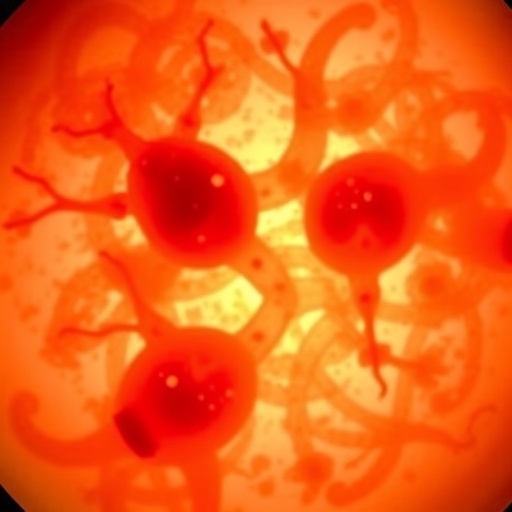Most patients suffering liver toxicity due to medications or herbal or dietary supplements recover from the acute liver injury without long-term problems, but some do not survive the injury or they require liver transplantation. In a recent study, nearly 10% of patients with definite, highly likely, or probable drug-induced liver injury had a fatal outcome within 2 years of onset.
In the 107 deaths among 1089 patients in the study, drug-induced liver injury was the primary cause of death in 68 patients and was a contributing cause in another 15 (at total of 7.6%). The remaining 22 patients had fatal outcomes unrelated to drug-induced liver injury.
The findings are published in Hepatology.
###
Media Contact
Penny Smith
[email protected]
http://newsroom.wiley.com/
http://dx.doi.org/10.1002/hep.29283
############
Story Source: Materials provided by Scienmag




